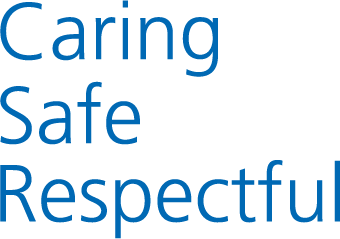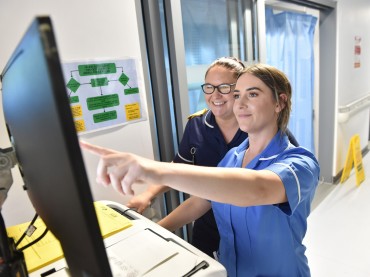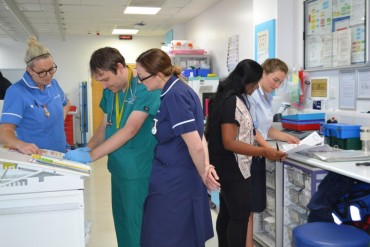So what is "universal" level support for speech, language and communication?
This term refers to the support you provide to ALL children, not just those with identified needs. You need to consider how to ensure you are providing a positive communication environment, are providing support to parents and families and are confident to identify when a child’s needs are beyond ‘universal’.
To support you to think about how you support children’s speech, language and communication, take a look at our Lancashire checklist and guidance here: Language leads - Lancashire County Council
You can use the checklist to review your practice and identify any areas for development; the guidance notes provide examples and lots of links to useful information to support you.
If you are an Early Years setting in Fylde or Wyre – we are able to offer more support if you join our Language Lead network. Fylde and Wyre Universal Service for Early Years :: Blackpool Teaching Hospitals.
If you would like to update your knowledge and skills around supporting children in Early Years, take a look at our workshops here: How Can I Develop My Knowledge and Skills? :: Blackpool Teaching Hospitals.
Parents have the biggest impact on how a child develops. If our aim is to support a child to reach their full potential, we cannot achieve this without working together with parents.
Find out more: Supporting Parents and Families :: Blackpool Teaching Hospitals.
Chat, Play, Read
We LOVE using the ‘Chat, Play, Read’ approach to support families – it’s simple but so effective.
Good communication needs lots of different skills - it's not just about talking. Children need to develop in all these areas to build strong communication that will help them to learn.
Find out more: Chat, Play, Read :: Blackpool Teaching Hospitals.



